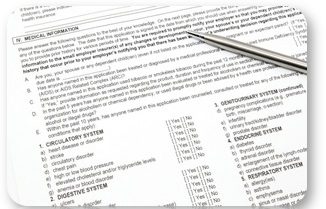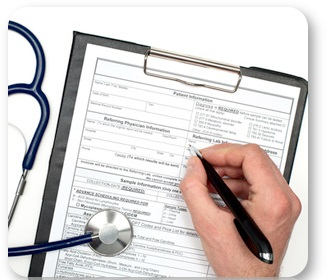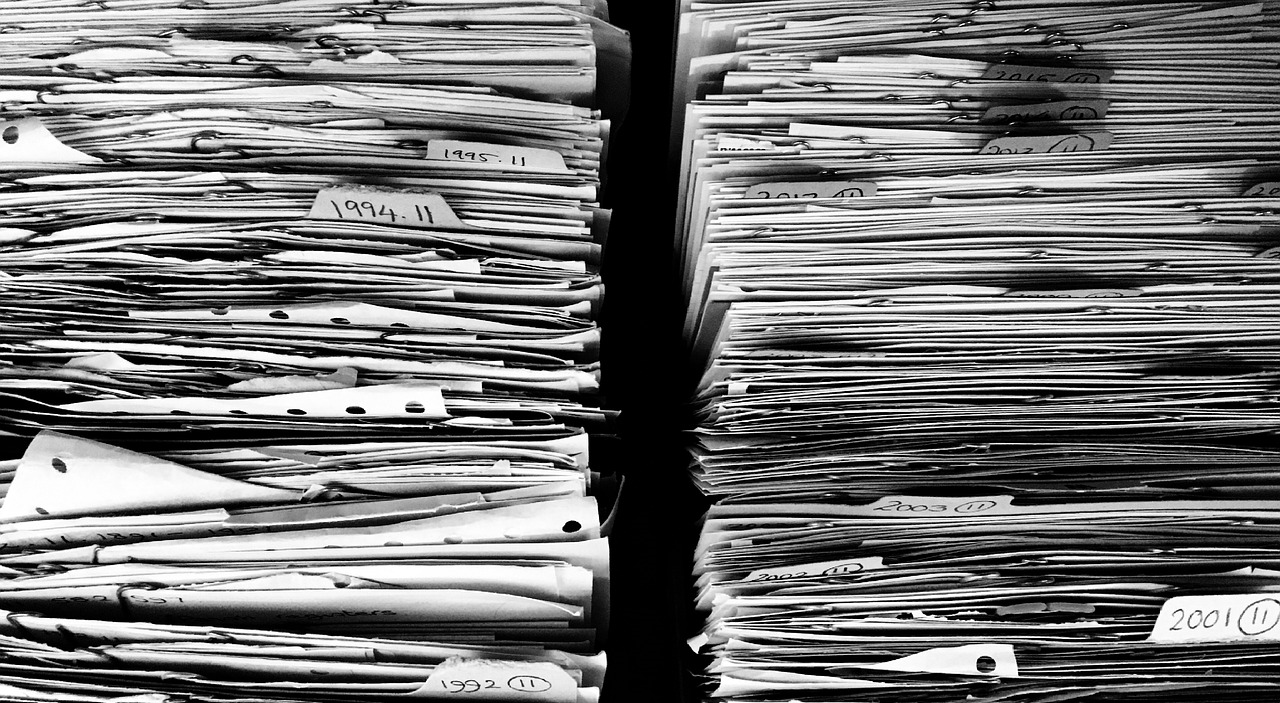Unit 10: Lesson 2: The Advantages and Disadvantages of Paper Data
Lesson 2: The Advantages and Disadvantages of Paper Data

Lesson 2: The Advantages and Disadvantages of Paper Data

Written communication plays a vital role in the health science field. Health scientists take notes on their research and write reports to share information. Physicians write notes on patients and may assemble data on different health conditions for their patients. Nurses may record vital signs and make notes for patient records. During any given day, most healthcare professionals record data and information. The collection of this data allows them to track patients' health, find treatments for diseases, and learn more about what makes people healthy.
For data and information to be helpful, it needs to be accessible. People must be able to access the information they need, read it, and understand it. In the past, much health information was recorded on paper by hand. This method has several advantages and disadvantages. One of the advantages is that paper medical records tend to be more private as access can be restricted, making them available to fewer people. They may also be safer from catastrophic loss, such as computer crashes or viruses that can potentially affect electronic records. However, paper records have the disadvantage of being slower and more challenging to access, and it's difficult to 'back up' thousands of paper records to protect the information from being lost due to fire or flooding. Electronic records can often be pulled up quickly during emergencies, and they are easier to share between medical professionals, regardless of the distance between them. Another disadvantage to some handwritten paper records is that accessibility depends on the reader deciphering another person's handwriting. This can be difficult due to the handwriting itself and the fading of ink over time or other marks on the paper (such as coffee spills) that could obscure some or all of the information.
A further disadvantage of paper records is that it makes collecting data from them more difficult. For example, imagine that you are studying a disease and want to know how many of your patients with this disease have blood type O. With paper records, you'd have to go through each record by hand and re-record the information. With electronic records, it is possible to have the computer search for and retrieve this data from each record quickly and efficiently.
Characteristics of Effective Health Data
Data and information are recorded and collected in a wide variety of different areas within the health sciences. However, for the information to be practical and help patients and others, the data and information collected need specific characteristics that help ensure its usefulness. Some studies have suggested that over one-third of clinical health records may contain errors. Whether looking at patient records, research results, written communication between health science professionals, or other forms of informatics, healthcare professionals can improve the usefulness of this information. What are the characteristics of adequate data?

One of the first characteristics of practical information is that the information must be accurate. Whether the information is recorded by hand or electronically, the risk of inaccurate data is accurate. It can be easy to hit the wrong key on the computer keyboard, or a person may not hear something correctly and write down the incorrect information. However, some processes can help health science professionals create more accurate records. Employee training on how to enter data in a program or form can help reduce errors. System checks, or prompts by computer programs, can also help increase accuracy. For example, a system check might refuse to allow a user to enter medication data until the user has noted any allergies the patient may have. Health science professionals can also have other healthcare professionals or their clients/patients verify that the correct information has been submitted.
Another important characteristic of adequate information is precision. Having the exact details and information is vital in health science settings. Consider a medical record that indicates that a patient previously had surgery on her leg. Although this medical record gives healthcare professionals some information regarding the patient's medical history, it would be more effective if additional details were included, such as the specific type of surgery, which leg was operated on, the year that the surgery happened, the types of anesthetic and painkillers that the patient received, and so on.
The quality of writing is also an essential aspect of effective communication. Written records and communication with spelling, grammar, and other errors can be confusing and may appear unprofessional. Written communication and information should be error-free, using proper grammar and sentence structure. This helps not only to convey professionalism but also to make the information more accessible to understand.
